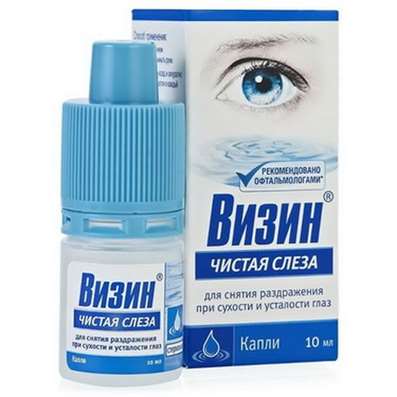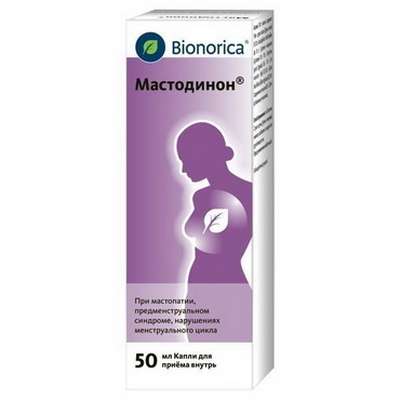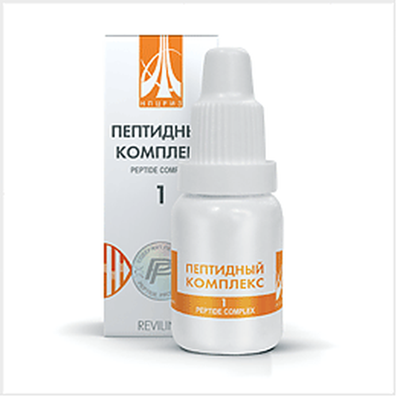Thiamine - Active Substances. Instruction and Application, Dosage
26 Dec 2016
Name: Thiamine
The Latin name of the substance Thiamine
Thiaminum (genus. Thiamini)
Chemical name: 3 - [(4-Amino-2-methyl-5-pyrimidinyl) methyl] -5- (2-hydroxyethyl) -4-methylthiazole chloride
Formula - C12H17ClN4OS
Therapeutic substances Thiamine- Vitamins and vitamin-like agent
The nosological classification (ICD-10)
E05.9 Thyrotoxicosis, unspecified
E51 Thiamine deficiency
F10.2 alcohol dependence syndrome
G54.1 Disorders of lumbosacral plexus
G83 Other paralytic syndromes
I42 Cardiomyopathy
K59.8.0 * intestinal atony
K73 Chronic hepatitis, not elsewhere classified
L08.0 Pyoderma
L30.9 Dermatitis, unspecified
L40 Psoriasis
L43 Lichen red flat
M79.2 Neuralgia and neuritis, unspecified
O25 Malnutrition in pregnancy
CAS code - 59-43-8
Characteristics substance ThiaminePharmacology
Mode of action - complementary deficiency of Vitamin B1, metabolic, immune-stimulating, anti-oxidant, ganglion-blocking.
Phosphorylated form thiamine pyrophosphate, which implements many effects of thiamine. After oral administration absorbed primarily in the duodenum and small intestine. Quickly and completely absorbed with the / m injection. It is distributed to all tissues. Daily metabolized about about 1 mg. The daily requirement for vitamin B1 for adult males - from 1.2 to 2.1 mg; for the elderly - 1.2-1.4 mg; for women - 1.1-1.5 mg with the addition of pregnant women - 0.4 mg and nursing - 0.6 mg; for children according to the age, - 0.3-1.5 mg. In the form of thiamine pyrophosphate, coenzyme how many decarboxylases involved in the metabolism of pyruvate and alpha-ketoglutarate plays an important role in the metabolism of carbohydrates. It protects cell membranes from toxic effects of peroxidation products.
Application of the substance Thiamine
Hypovitaminosis and vitamin deficiency B1 (including in patients on tube feeding, dialysis, suffering from malabsorption syndrome), a reduced intake of vitamin in the body - malabsorption in the intestines, starvation, chronic alcoholism, expressed human liver, hyperthyroidism, increased need for vitamin - pregnancy, lactation, intensive growth; neuritis, sciatica, neuralgia, peripheral paresis or paralysis, atony bowel, myocardial, dermatitis, herpes, psoriasis, eczema, intoxication.
Contraindications
Hypersensitivity.
Side effects of Thiamine substance
Allergic reactions - angioedema, urticaria, pruritus.
Interaction
It weakens the effect of depolarizing muscle relaxant (ditilina et al.). Pyridoxine inhibits the conversion of thiamine to thiamine pyrophosphate, strengthens allergy. Pharmaceutically compatible (in a syringe) with penicillin, streptomycin, nicotinic acid.
Dosing and Administration of Thiamine
Inside (after eating) and parenteral. The dose when administered for adults is 1.3 to 10 mg (up to 5) times per day. Children under 3 years are designated by 5 mg every other day; 3-8 years - 5 mg three times a day one day; older than 8 years - 10 mg 1-3 times a day. The course of treatment - usually 30 days. Parenteral administration is recommended to start with low doses (less than 0.5 ml of 5% or 6% solution) and only good tolerability, higher doses are administered.
V / m adults - 0.02-0.05 g thiamine chloride (1 ml of 2.5% or 5% solution) or 0.03-0.06 g thiamine bromide (1 mL of 3% or 6% solution) 1 once a day, every day. Children - 0.0125 g thiamine chloride (0.5 ml of a 2.5% solution) or 0.015 g of thiamine bromide (0.5 ml of a 3% solution). The course - 10-30 injections.
Trading names of drugs with Thiamine working substance
Trade Name Index
Vitamin B1
thiamin
Thiamine-Vial
thiamine hydrochloride
thiamine chloride
Thiamine chloride ECHO
Thiamine Chloride Injection
Thiamine chloride injection 5%
Thiamine chloride tablets, coated tablets, 0.1 g

 Cart
Cart





